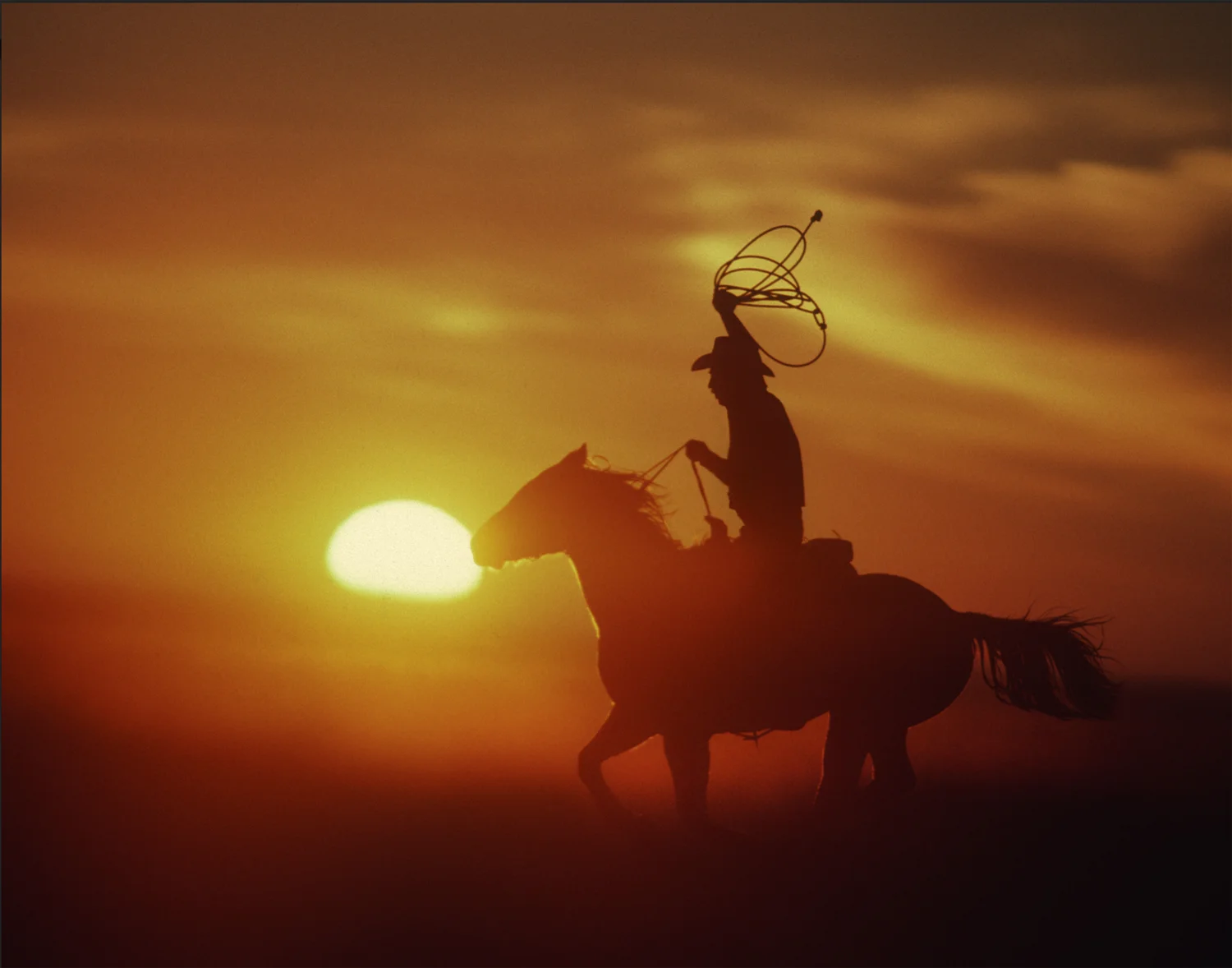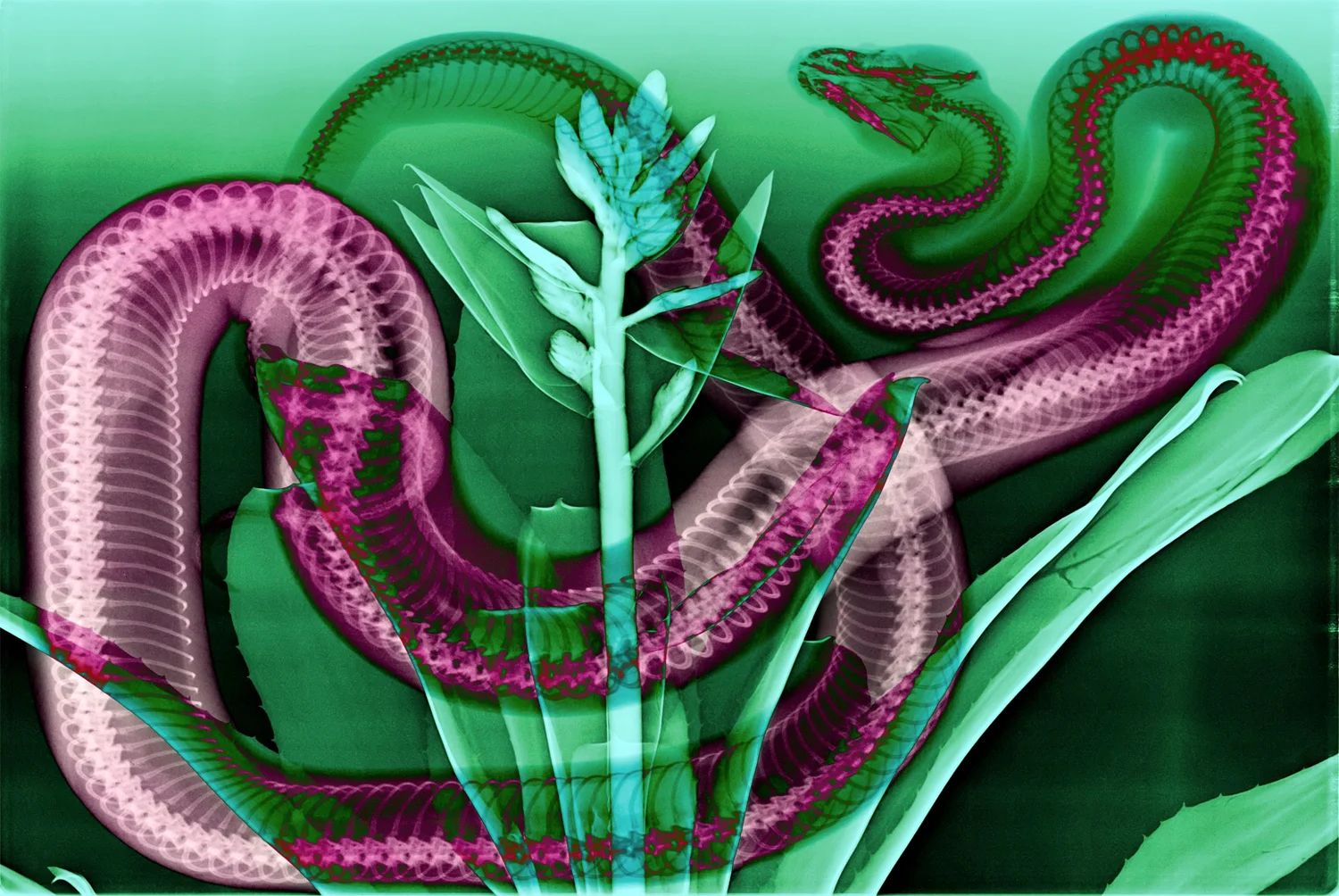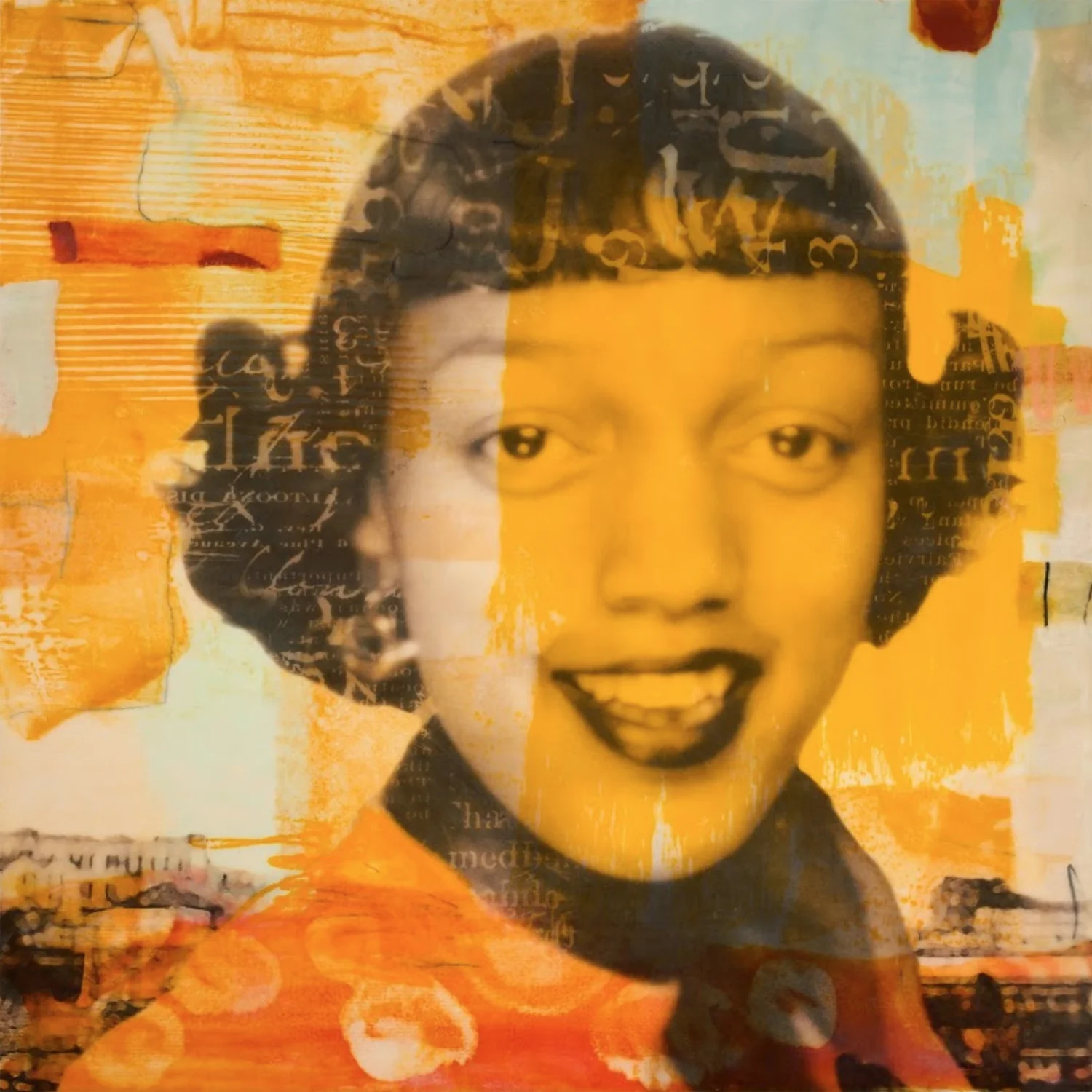Musée Limited Editions: Laurie Simmons
© Laurie Simmons
Interview by Sarah Sunday
Sarah Sunday: So many of your images are very fantasy-themed. Do you think your work is a mirror of your personal life?
Laurie Simmons: I think it often is. My work often reflects where I am in my life at the moment. When I first had children I was doing work at the Ventriloquist Museum, Vent Haven, in Kentucky. When I started traveling extensively for the first in my adult life I was doing the tourism pictures. It seems like there are always threads of my personal reality in my work, but my work has to exist on three levels for it to leave the studio: the personal, the psycological and the political. Once I feel that all of that is in there, I’m ready to release the work to the world.
fSarah: There is something unsettling in many of the work you’ve done with dolls. What sort of impression do you hope your work leaves with viewers?
Laurie: That’s a really hard question. My sense is that the way people respond to my work is that they kind of tease out whatever part of it is there for them, or perhaps they don’t get it at all. I think about making things and what I want them to look like, or what I want them to say, but it’s much harder for me to imagine what a person standing there would think. That’s the toughest part.
Sarah: Tell us about your underwater ‘Love Doll’ images. What was the creative process like capturing these images?
Laurie: It was actually completely crazy because up until the day of the shoot we had no idea if the love doll would sink or float. We knew the doll was not supposed to be submerged in water. We knew it had metal joints. We knew it might ruin the actual doll, so it was one of the last pictures we ever took. But to prepare for the shoot we vacuum-packed the doll inside plastic bags and threw it in the water to see if it was going to sink or swim, literally. We realized it wasn’t sinking. It wouldn’t go underwater. Ultimately to shoot it, somebody had to hold the love doll by its feet and keep plunging it into the water as though it were diving. It was a really tough shoot. It was also November and we were in a heated pool, but the air was really cold. It was one of the more difficult shoots.
Sarah: Perhaps a strange question, did you experience any attachment to the dolls after working with them?
Laurie: No, and that’s the way I am with all my props. I do everything I can not to experience any attachment to them. Particularly, with the love doll that changed costume and persona all the time, I just tried to deal with the doll in the shoot and respond to what was in front of me. I really did not do any of the so-called ‘care and feeding’ of the doll. The people I worked with would dress it and comb the hair. I don’t have any extra affection or attachment for my prop. I just need it so I can do what I have to do in the photograph.
Sarah: In your experience, is there more of a challenge working with inanimate objects or with living subjects?
Laurie: Living subjects, for sure. In the very beginning, when I used small dolls and I made a set-up on a table, I could leave that set-up for weeks if I wanted to. I could play with lighting and wait for the sun to come in at different times of the day and shoot at different times of the day. The scene was always there. I could change the set-up substantially. I could develop my pictures, see what I had and then go back to the very same subject. There’s an immediacy when working with humans and that’s something I’m just starting to understand now in my life.
Buy one of Laurie Simmons’ Limited Edition Prints by clicking here








